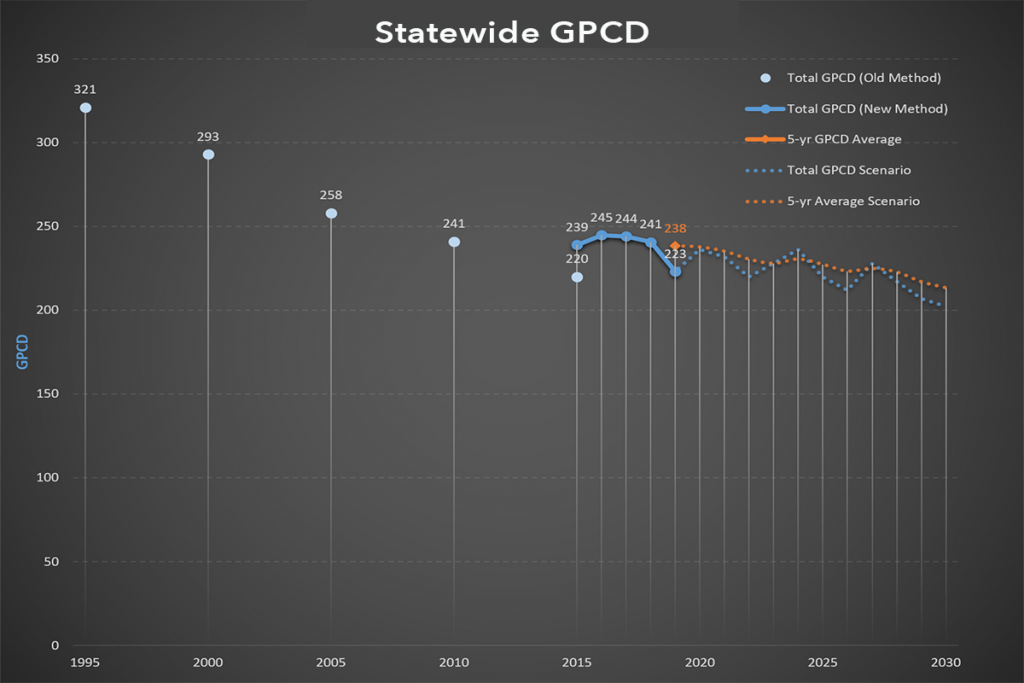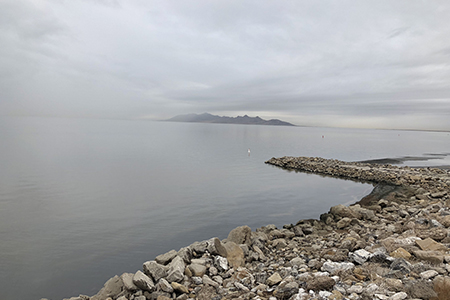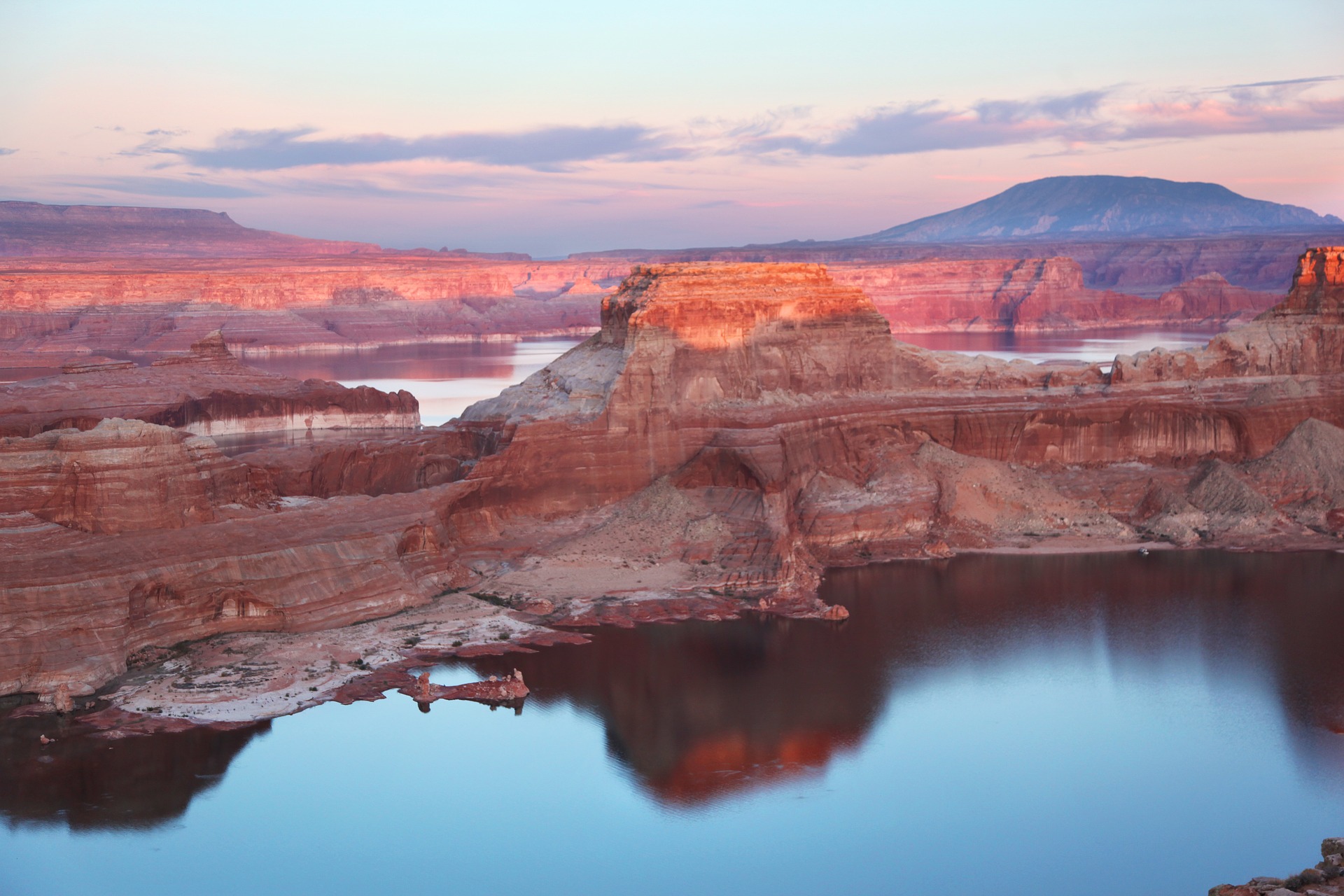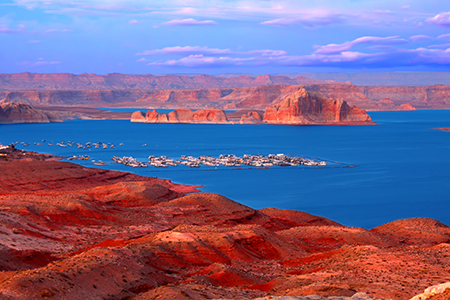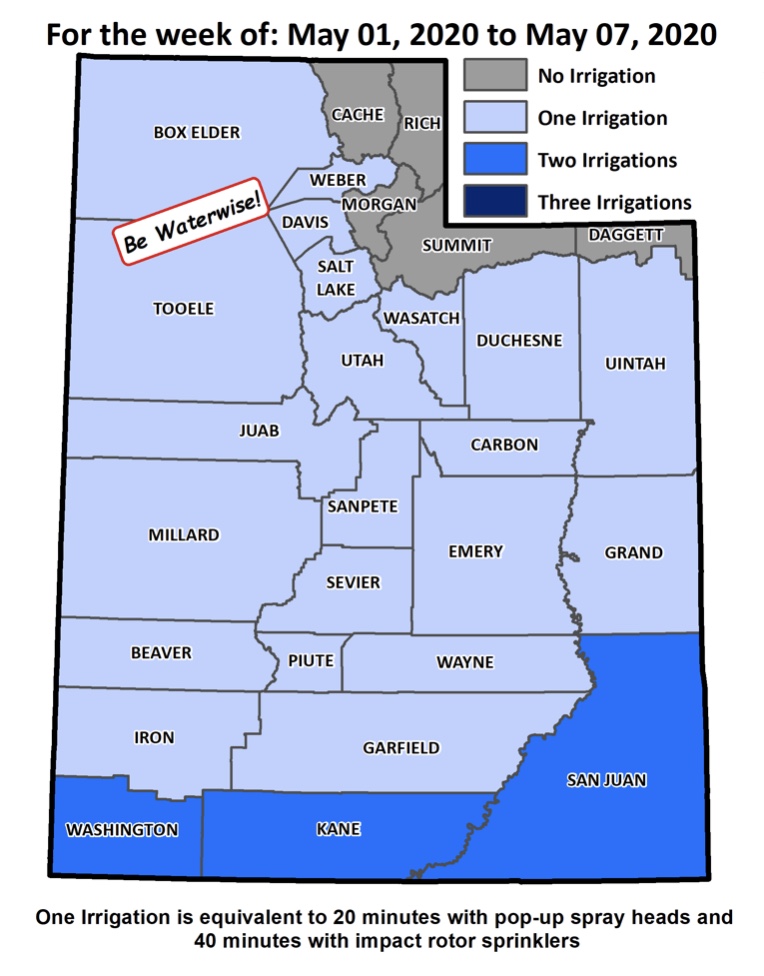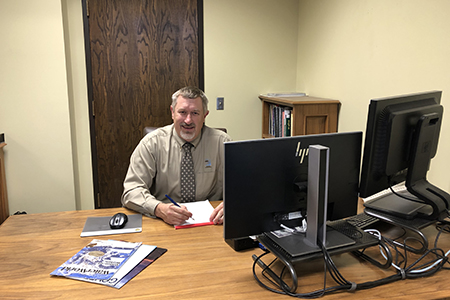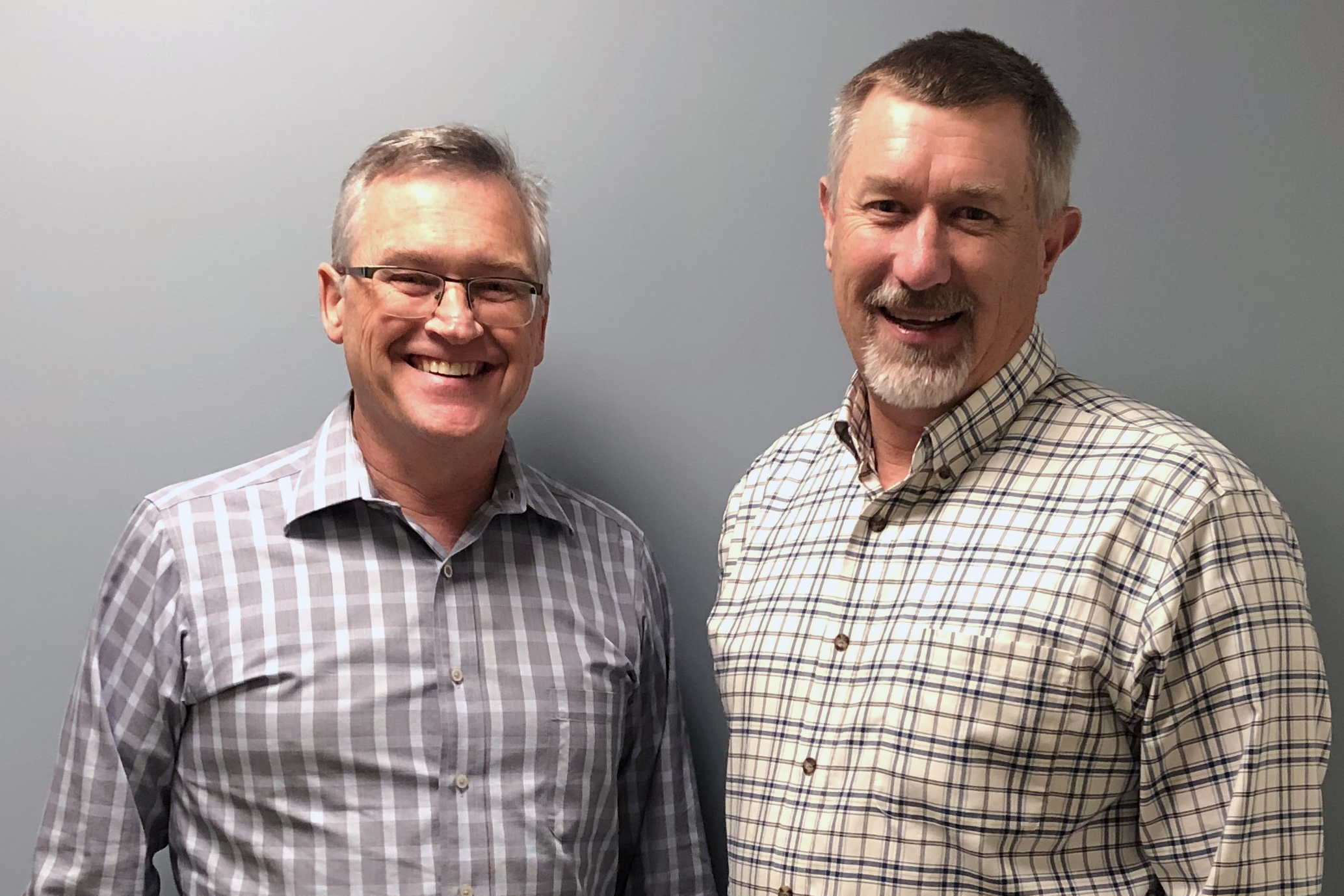The state’s latest water use numbers have been published by the Utah Division of Water Resources and can be found on the recently overhauled and upgraded Open Water Data website.
The latest municipal and industrial (M&I) numbers are from 2019 and show that statewide per capita water use for potable and secondary water is 223 gallons per capita per day (GPCD). In 2018, the total GPCD was 241 (2017 – 244 and 2016 – 245). M&I includes residential, commercial, institutional (for example, schools and parks), and industrial water use.
(more…)
